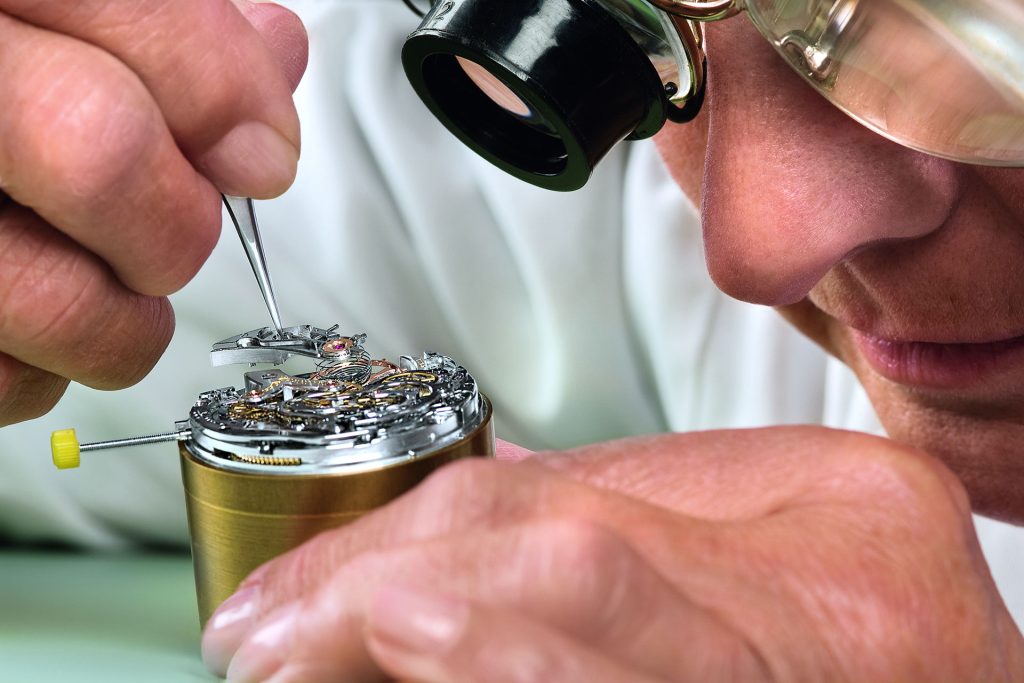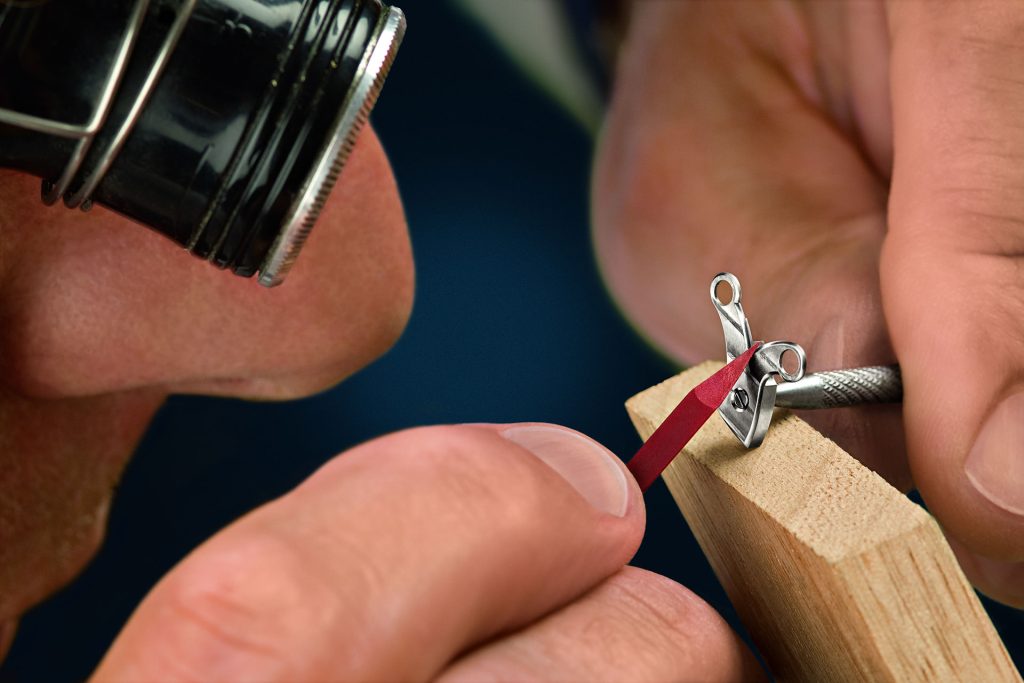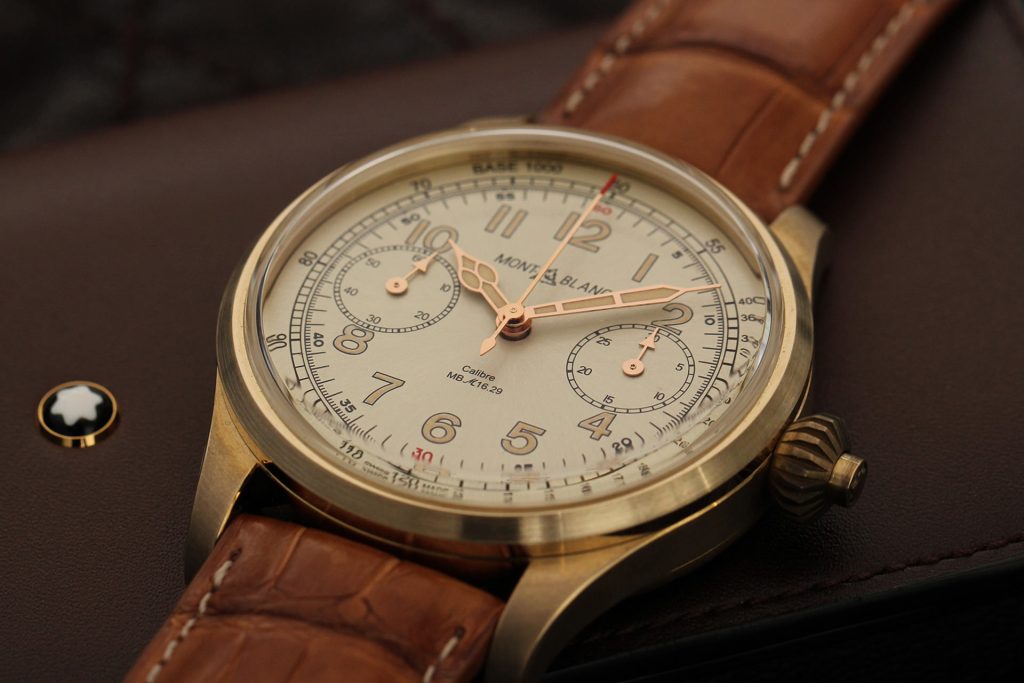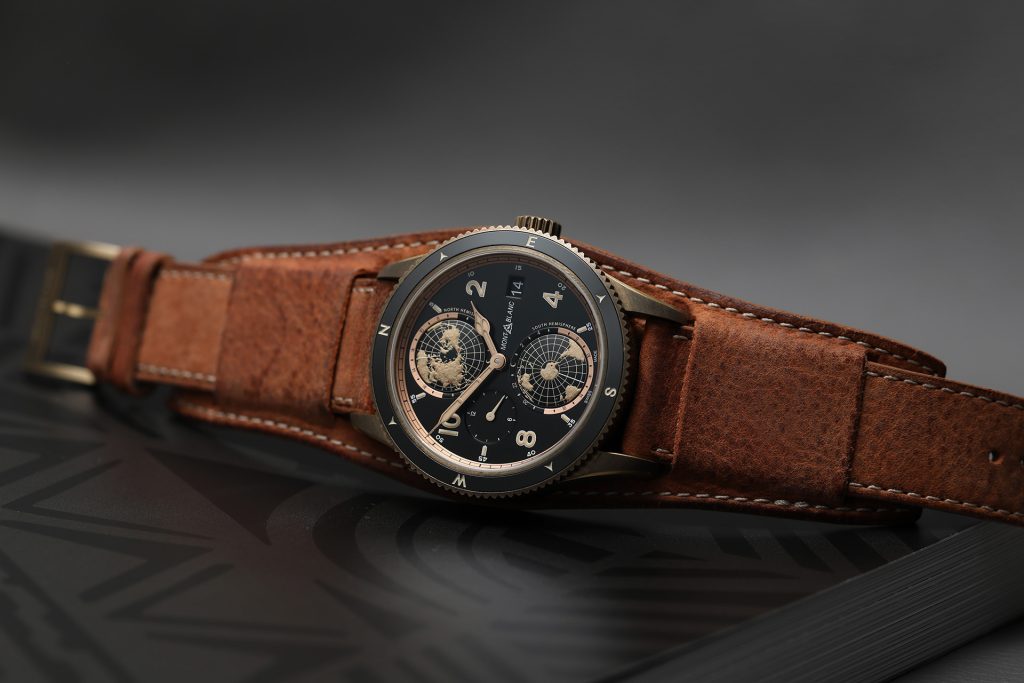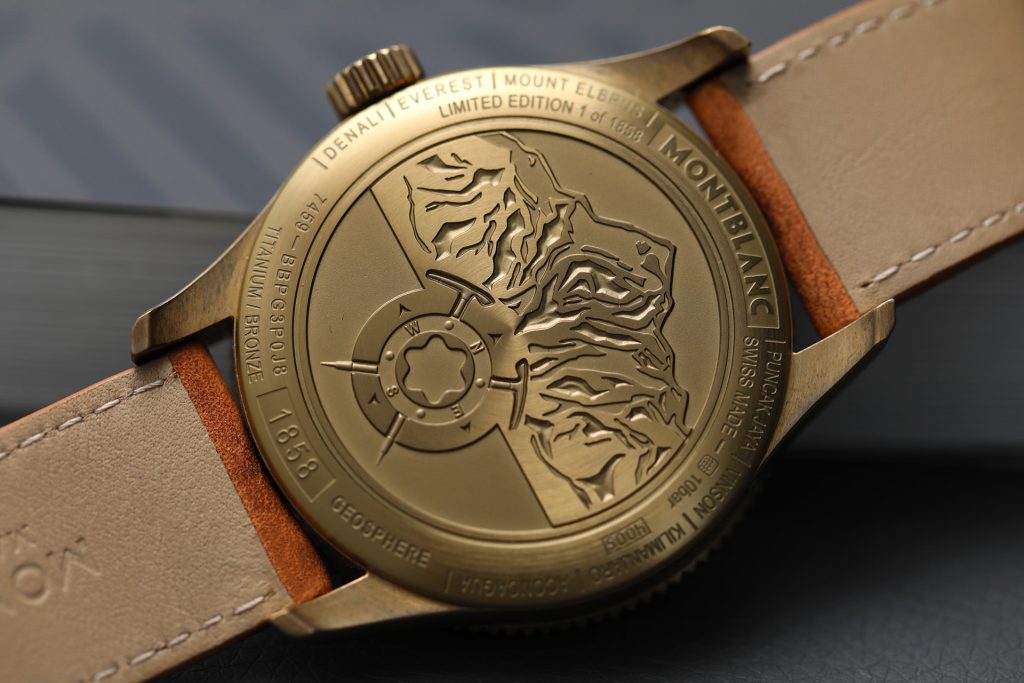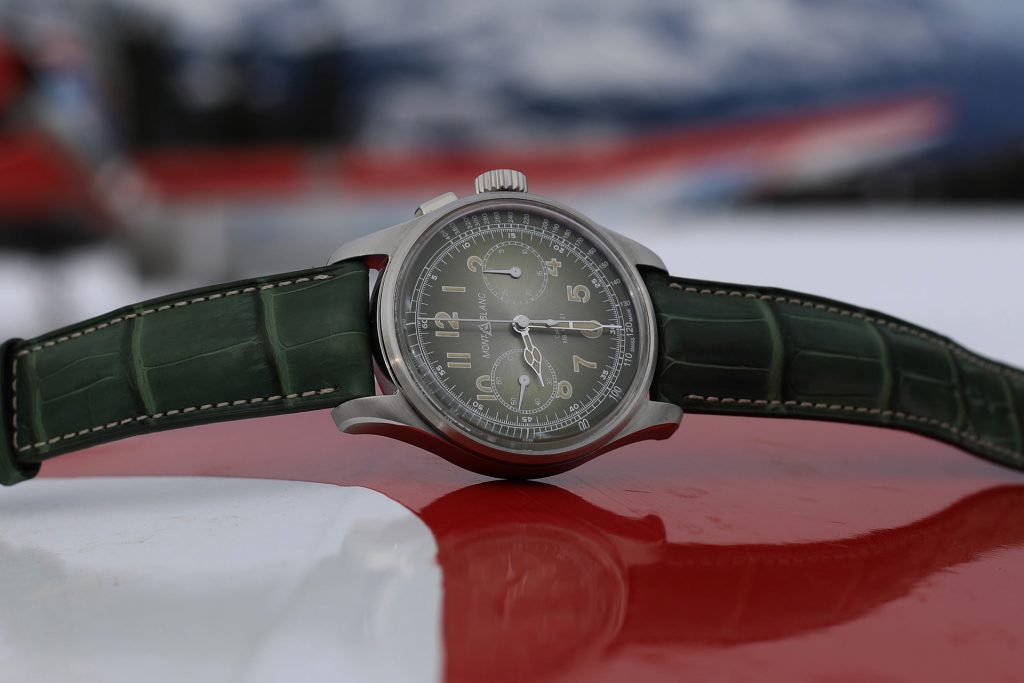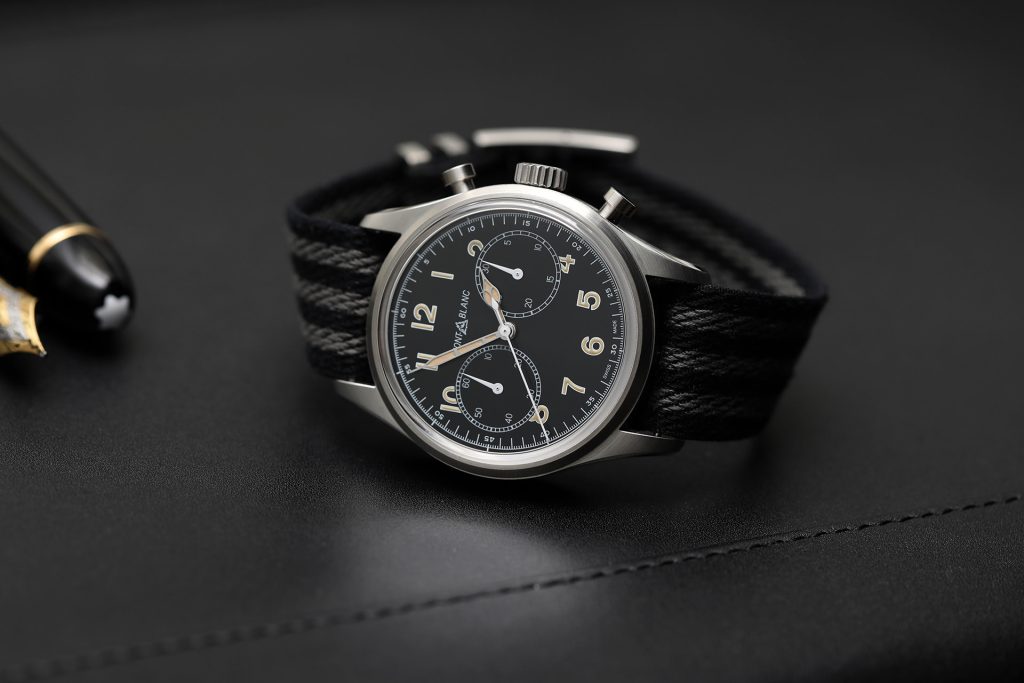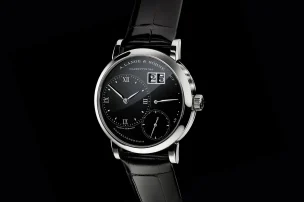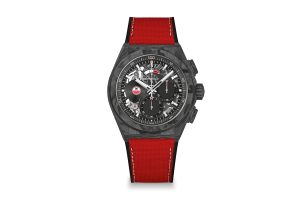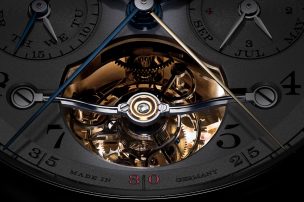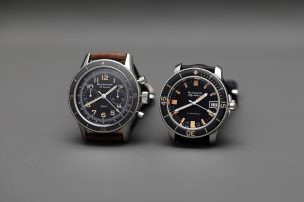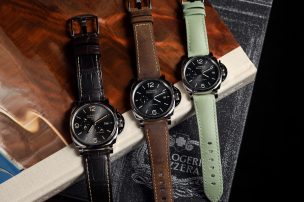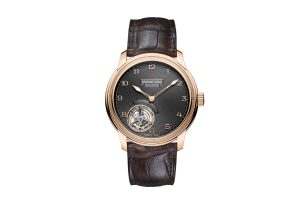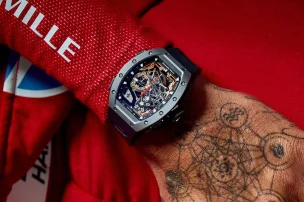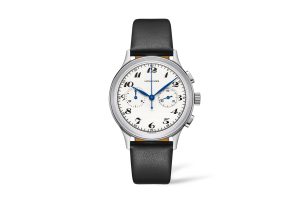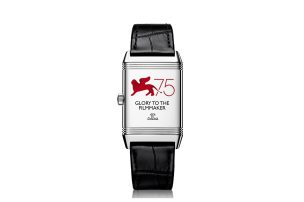

Montblanc celebrates the 160th Anniversary of Minerva
There is always some anniversary to be celebrated in the watch industry. And although the history of Montblanc watches is comparatively young, the Hamburg based brand yet already celebrates a very special anniversary – Minerva turns 160 years. The Maison was founded 1858 by Charles-Yvan Robert in Villeret and was acquired by Montblanc in 2007. Since then Montblanc implements the enormous heritage that Minerva offers into their watches. Minerva became famous for their advanced technology in chronograph complications and already in 1911 developed stop watches able to measure a tenth of a second – in 1916 even a hundredth of a second. Soon, people from motorsports and also pilots became aware and started using these very accurate and reliable timepieces.
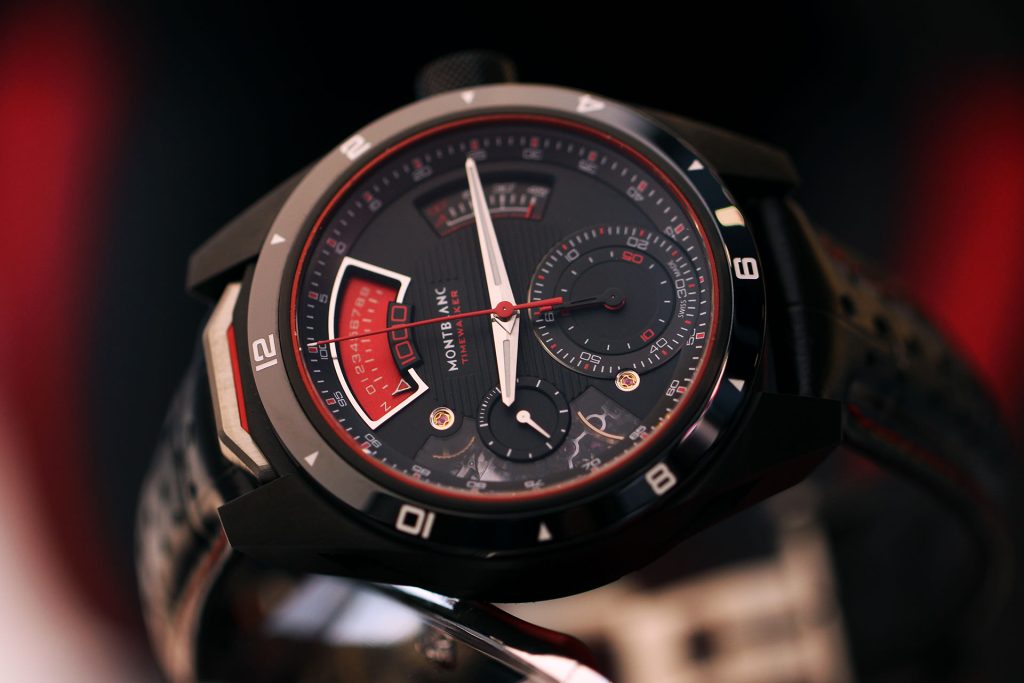
The Montblanc TimeWalker Chronograph 1000 Limited Edition even measures 1/1000 of a second
One man that takes especially care of Minerva’s heritage is Davide Cerrato, Managing Director Watch Division at Montblanc since 2015. He has, under the lead of CEO Nicolas Baretzki, adjusted and assorted the range. It is based on three pillars of fine watchmaking: the mountain exploration based on legendary military watches (Montblanc 1858 collection), the classical fine watchmaking based on the classical pocket- and wristwatches (Star Legacy collection) and the field of racing based on accurate timepieces and stop watches (TimeWalker collection).

Davide Cerrato, Managing Director Watch Division Montblanc
Cerrato has built a strong story around the adventure of mountain exploration. This field was given a lot of attention with the 2018 anniversary collection. The 1858 Geosphère, probably the most striking watch in this collection, is based on mountaineer watches of the 1920s and 1930s. To pay tribute to these historical watches the 1858 Geosphère is equipped with a unique second timezone indication – two rotating hemisphere globes with red dots that mark the worlds 7 highest mountains. Technically and mechanically Montblanc watches are adjusted to the modern standards – aesthetically they are very much inspired by Minerva originals.
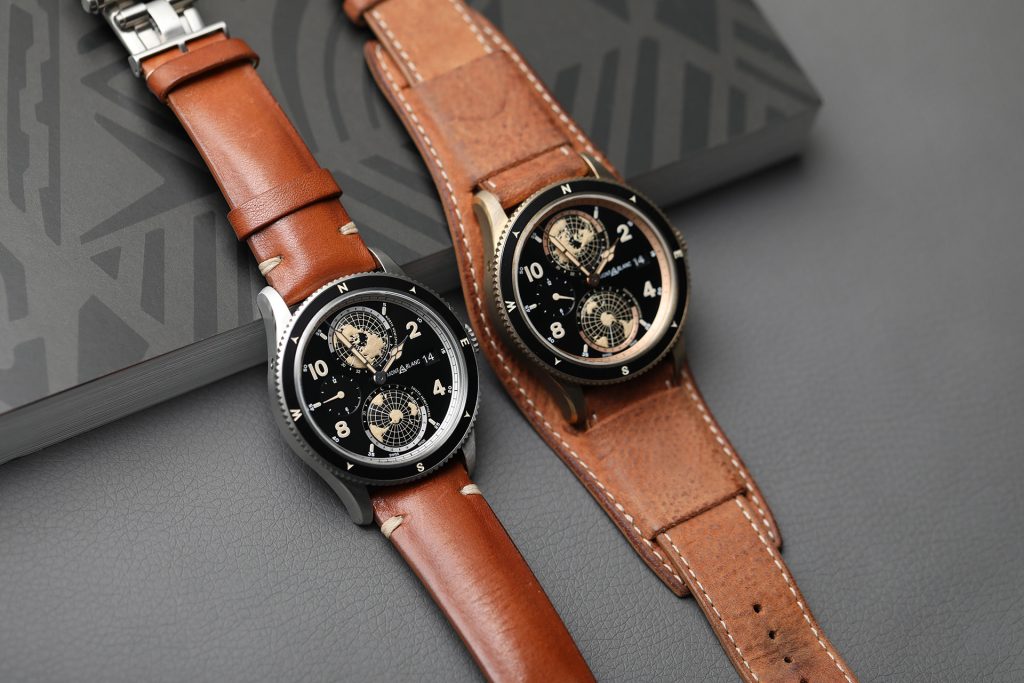
The 1858 Geosphère with two rotating hemispheres
Davide Cerrato was born in Turin, the birthplace of car design and therefore he has a very strong bound to mechanics – just as well a car engine as a watch movement. He describes the engine as the metamorphose of the watch movement. “It is just natural that men like cars and watches”, Cerrato says. When he started working for Montblanc and first entered the ‘holy halls’ of the Minerva Archive in Villeret, he was being surprised by the police in the end of the day because he was still absorbed in the many dusted boxes even after closing hour. He then feels like an archaeologist hunting for a treasure. “The Archive is gigantic with so much potential for the future. Many pieces are still from the very beginnings of Minerva, hence about 160 years old”, Cerrato says with sparkling eyes.
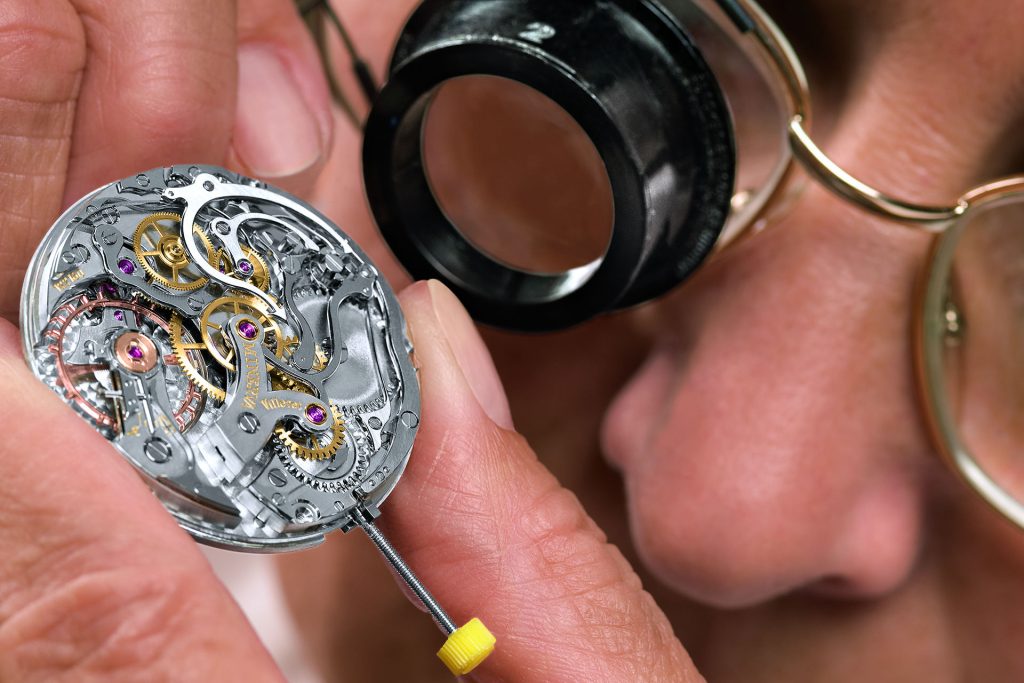
Inspecting – crafting process at the Montblanc manufacture in Villeret
The manufacture in Villeret is based in the same building in which the legendary Minerva manufacture was established in 1858. Today it serves for development and assembling of all in-house manufactured movements, from big to small complications. Since 1996 there is another manufacture in Le Locle – it mainly serves for the quality management in which the watches have to undergo the Montblanc ‘Laboratory Test 500’, hence 500 hours of extreme conditions for watch and material. In his free time, Cerrato much more enjoys being in Villeret searching the Archive for new treasures.

The second manufacture based in Le Locle where the quality management takes place since 1996
Taking the knowledge of Minerva into account, Montblanc has certainly reached the tableau of the most important watch brands. The in-house movements MB M13.21 and MB M16.24 are inspired from the historical Minerva calibres 13.20 (first fully integrated chronograph movement for wristwatches) and 17.29 (hand-wound monopusher-chronograph).
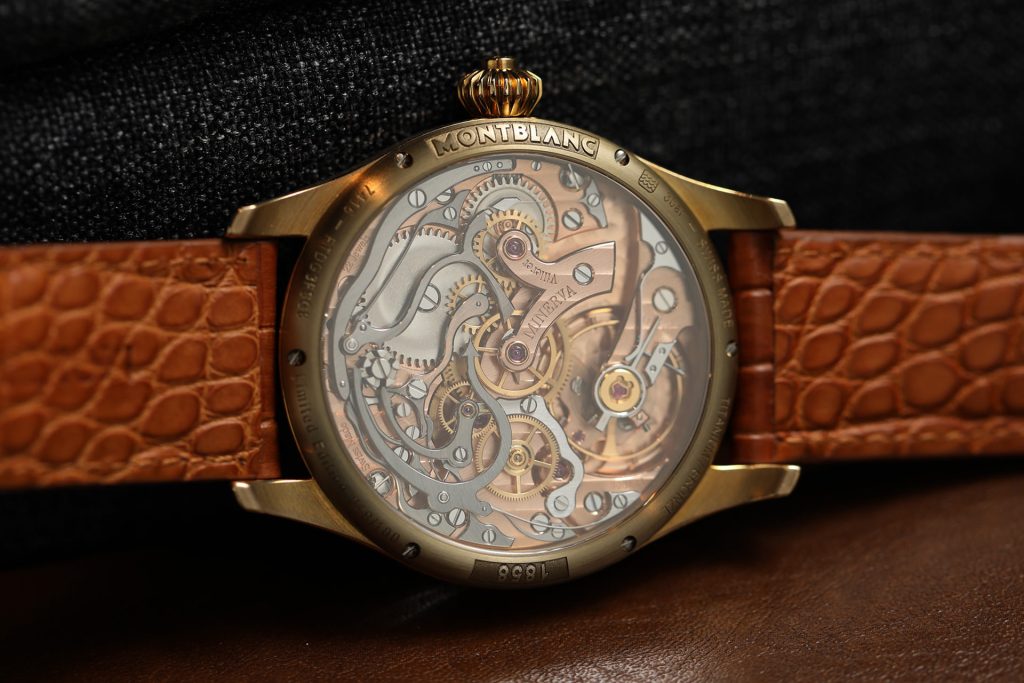
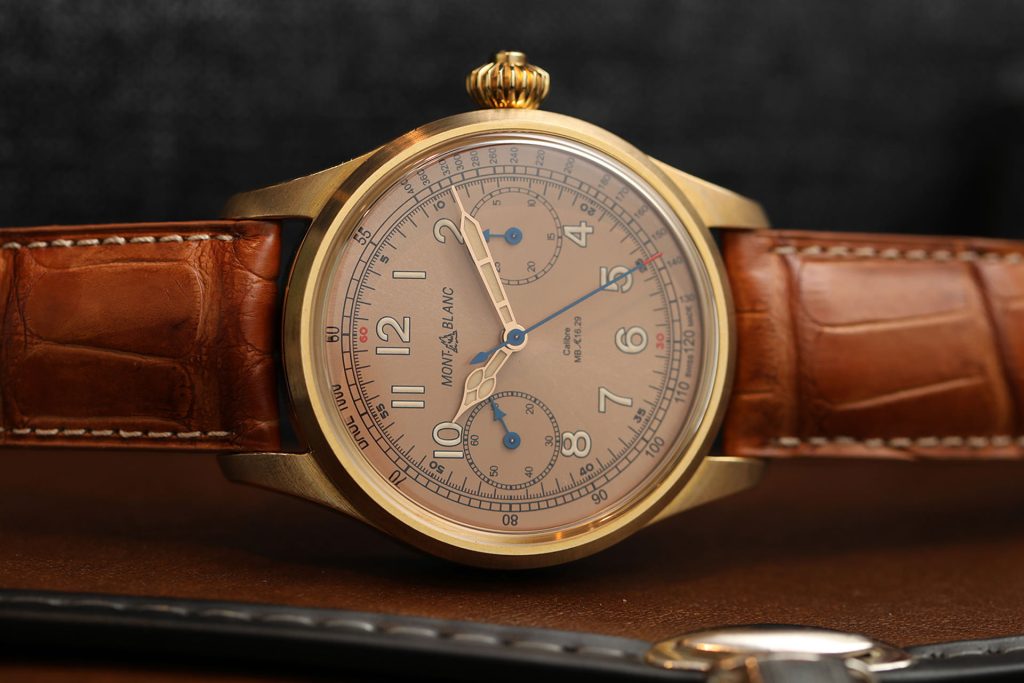
Montblanc 1858 Chronograph Tachymeter Limited Edition in Bronze (left)
Fancy – the caseback of the 1858 Chronograph Tachymeter Limited Edition (right)
These are very accurate and reliable movements, which are modified and partly equipped with complications. The two hemisphere globes of the 1858 Geosphère – by the way Cerratos’ favourite watch from this collection – are technically highly sophisticated. They were first introduced in the MontblancVilleret Tourbillon Cylindrique Geosphères, in which the 3-D effect stands out little more.
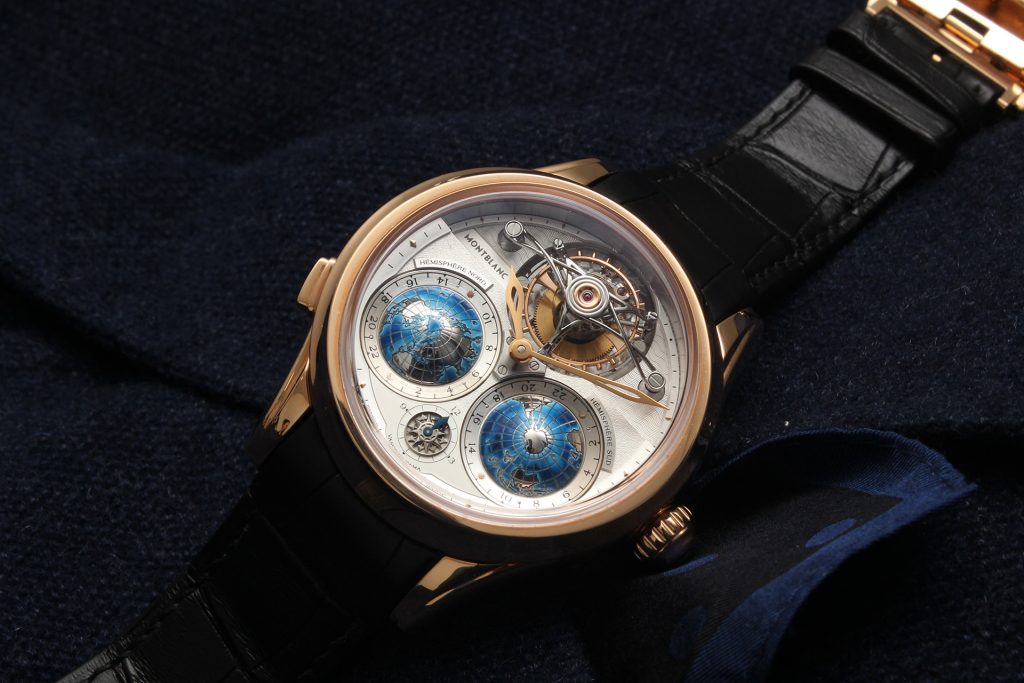
The first watch with the two rotating hemispheres:
Montblanc Collection Villeret Tourbillon Cylindrique Geosphère
The challenge they faced with the new 1858 Geospère was to offer the basically same technique at lower costs. Price is actually an important issue for Cerrato in terms of the new 1858 collection. The watches are priced between 2.500,- Euro and 5.900,- Euro (excluded the strong limited editions). For this you get highly sophisticated Swiss craftsmanship – the Nato straps are manufactured at a renowned fabric in France, where they still work on vintage weaving machines and the leather straps come from the Montblanc Pellettteria in Florence.
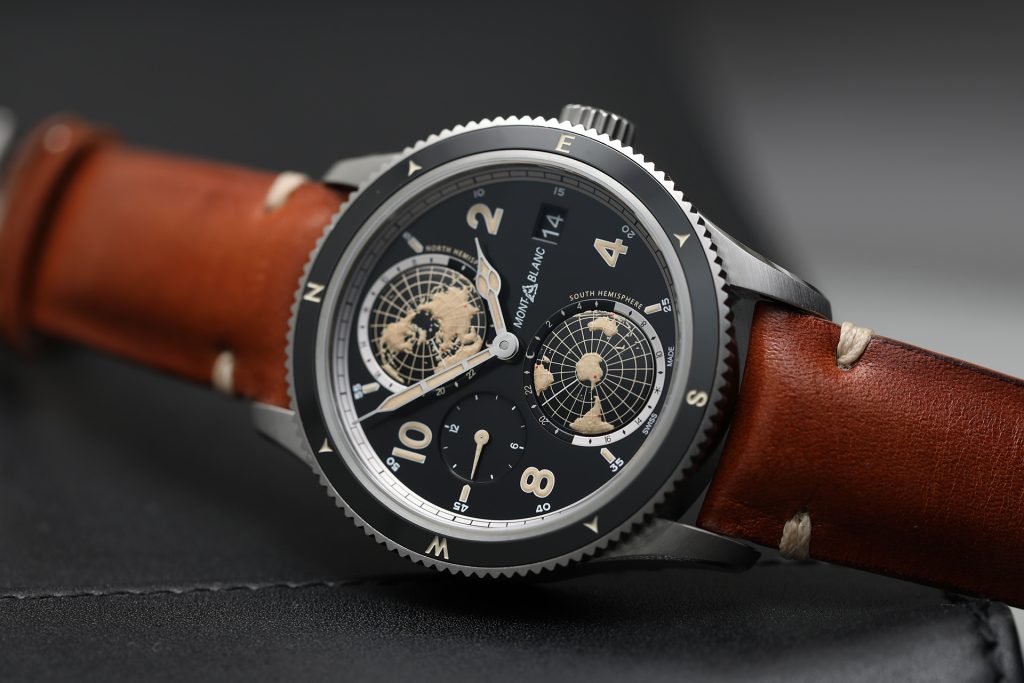
Montblanc 1858 Geosphère from 2018
Looking into the future of Montblanc watches, Davide Cerrato relies on consistency and enjoys experimenting within existing collections. He wants to keep the offer clear, just like it is now. Montblanc wants to convey emotions, joy and technic to their customers. They will carry on surprising with unexpected colours, introduce limited editions, but all within a well-assorted range. Just recently Cerrato has found something new in one of the boxes that might soon be seen in one of the next Montblanc timepieces.


